Crooked teeth can affect your confidence and smile, but there’s a non-invasive and affordable solution to consider: composite bonding. In this article, we’ll explore how composite bonding works to fix crooked teeth, who can benefit from it, the process involved, and its cost. Whether you’re curious about this dental procedure or considering it for yourself or a loved one, this comprehensive guide will provide you with the essential information you need. Let’s dive in!
How Composite Bonding Works:
Composite bonding is a cosmetic dental procedure designed to improve the appearance of crooked teeth without the need for extensive orthodontic work. It involves the application of a tooth-colored resin material to the affected teeth. Here’s how it works:
- Consultation: Before the procedure, you’ll have a consultation with your dentist to determine if composite bonding is suitable for your case.
- Tooth Preparation: Your dentist will prepare the surface of the crooked tooth by roughening it slightly.
- Bonding Material: A composite resin that matches the color of your natural teeth is applied to the prepared tooth.
- Sculpting: The dentist shapes and molds the resin to correct the crookedness, ensuring a natural appearance.
- Curing: A special light is used to harden the resin, making it durable and long-lasting.
- Polishing: The bonded tooth is polished to achieve a smooth, natural finish.
Benefits of Composite Bonding:
Composite bonding offers several advantages:
- Non-Invasive: Unlike orthodontic treatments, it doesn’t require the removal of enamel or brackets, making it a minimally invasive option.
- Affordability: It’s a cost-effective way to improve the appearance of crooked teeth compared to more extensive dental procedures.
- Quick Results: The procedure can typically be completed in a single visit, providing immediate aesthetic improvement.
Cost Considerations:
The cost of composite bonding for crooked teeth varies depending on factors such as the number of teeth treated and the complexity of the case. On average, it ranges from £100 to £400 per tooth. Dental insurance may not always cover the cost, so it’s essential to discuss pricing with your dentist beforehand.
Conclusion:
Composite bonding is a viable option for those looking to improve the appearance of crooked teeth without the need for braces or other extensive treatments. It offers a non-invasive, affordable, and relatively quick solution for achieving a straighter smile. If you’re considering composite bonding, consult with your dentist to determine if it’s the right choice for you. With the benefits it offers, composite bonding can help you regain confidence in your smile.
Ready to begin your path to a straighter smile? Reach out to GK Dental Implants and Cosmetic Clinic today to book your Invisalign consultation!
Frequently Asked Questions (FAQs):
Q: Can Composite Bonding Correct Crooked Teeth?
Yes, composite bonding can effectively correct minor to moderate cases of crooked teeth, improving their alignment and appearance.
Q: Is the Process Painful?
The process is generally painless, and anesthesia is usually unnecessary. You might experience minor discomfort during tooth preparation.
Q: How Long Does It Take?
Composite bonding can be completed in one to two hours per tooth, depending on the complexity of the case.
Q: When Should Replacement Be Considered?
Composite bonding can last for several years, but it may need to be replaced if it chips, stains, or wears down over time.
Q: Aftercare for Composite Bonding
Maintaining good oral hygiene, regular dental check-ups, and avoiding habits like nail-biting or chewing on hard objects can help prolong the lifespan of your composite bonding.





